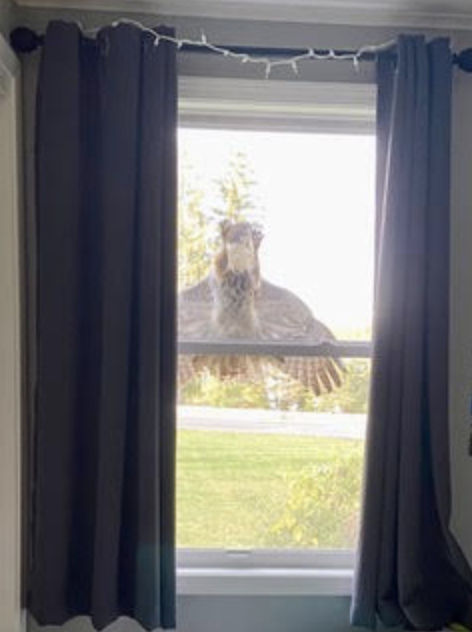IVEC International Veterinary Experience Discussion Forum
 Thursday, April 1, 2021 at 01:00PM
Thursday, April 1, 2021 at 01:00PM The IVEC International Veterinary Experience Discussion Forum is now available to join for this year! The forum is a resource for SAVMA students to share information regarding internships, externships, jobs, events, experiences, and any other opportunities pertaining to veterinary medicine abroad. The link to the forum can be found here. If you have any questions, please do not hesitate to reach out to IVEC at ivecscholarships@gmail.com. 







